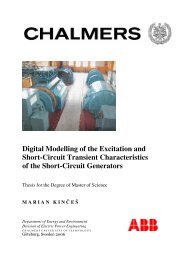NON-LINEAR DIFFUSION FILTERING
NON-LINEAR DIFFUSION FILTERING
NON-LINEAR DIFFUSION FILTERING
You also want an ePaper? Increase the reach of your titles
YUMPU automatically turns print PDFs into web optimized ePapers that Google loves.
Linear vs Nonlinear DiffusionComparison of low pass filtering to NLDF. a) Original step.b) Original step with white noise superimposed. c) Result ofsimple low pass spatial frequency filtering. d) Result ofNLDF (edge-preserving noise reduction).Image Analysis GroupNon-Linear Diffusion FilteringAutumn 2000Page 4
Linear vs Nonlinear Diffusion contScale space behaviour of linear Diffusion filteringScale space behaviour of Nonlinear Diffusion filteringImage Analysis GroupNon-Linear Diffusion FilteringCourtesy, Joachim WeikertAutumn 2000Page 5
Non-Linear Diffusion• NLDF was originally formulated by Perona and Malik (1987).• It has several advantages:• Noise is smoothed locally, ’within’ regions defined by objectboundaries whereas little or no smoothing occurs between imageobjects.• Local edges are enhanced since discontinuities, such as boundaries,are amplified.• Mathematically one treats the problem like a diffusion process, wherethe diffusion coefficient is adapted locally to the effect that diffusion stopsas soon as an object boundary is reached.Image Analysis GroupNon-Linear Diffusion FilteringAutumn 2000Page 6
TheoryDiffusion can be thought of as the physical process that equilibrates concentrationdifferences without creating or destroying mass. Mathematically, this is describedby Fick’s law:j =− D⋅∇uwhere the flux j is generated to compensate for the concentration gradientD is a tensor that describes the relation between them.Now, using the Continuity Equation (Conservation of mass):We get:∂ ( u) =−div( j)t∂ ( u) = div( D⋅∇u)t∇u.Image Analysis GroupNon-Linear Diffusion FilteringAutumn 2000Page 7
Theory contThe solution of the linear diffusion equation with a scalar diffusivity d∂ tu = div d∇u( )is exactly the same operation as convolving the image u with a Gaussian kernelof width 2. tPerona and Malik proposed to exchange the scalar diffusion constant d with ascalar-valued function g of the gradient ∇u of the grey levels in the image. Thediffusion equation then reads:( ( ) )∂ tu = div g ∇u ∇uThe length of the gradient ∇u is a good measure of the edge strengthof the current location which is dependent on the differential structureof the image. This dependence makes the diffusion process nonlinear.Image Analysis GroupNon-Linear Diffusion FilteringAutumn 2000Page 8
ApplicationsDenoisingGap completionComputer aided quality controlImage Analysis GroupNon-Linear Diffusion FilteringCourtesy, Joachim WeikertAutumn 2000Page 9
Applications contDenoising in medical imagingdesign of Christmas postcardsImage Analysis GroupNon-Linear Diffusion FilteringCourtesy, Joachim WeikertAutumn 2000Page 10
Implemenation• A MATALB implementation of Non-Linear Diffusion Filtering is available.• peronaexp3.m:• Perona-Malik’s nonlinear isotropic diffusion model for segmentation.• function u2 = peronaexp3(inimage,lambda,k,n,sigma) with Gaussian smoothing and exponentialflow function.• inimage = inputimage.• lambda = at lambda equal to 1 we have maximum diffusion.• k= time intgration step (choose according to problem) set k
References• P. Perona and J. Malik. Scale-space and edge detection using anisotropicdiffusion. IEEE Trans. on Patt. Analysis and Machine Intelligence,12(7):629–639, 1990.• J. Weickert. Anisotropic diffusion in image processing, ECMI Series,Teubner, Stuttgart, 1998. ISBN 3-519-02606-6.Image Analysis GroupNon-Linear Diffusion FilteringAutumn 2000Page 12



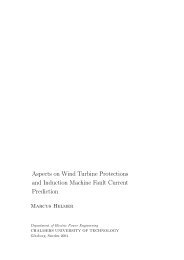

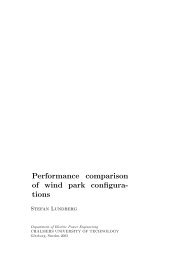
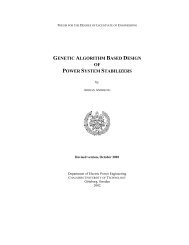
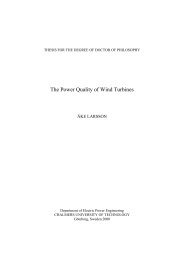
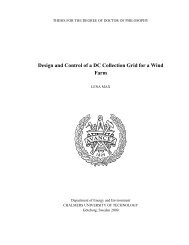

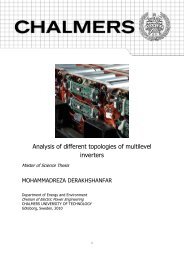

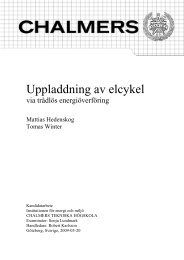
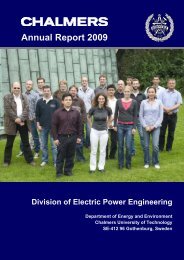
![LAPLACE OPERATOR.ppt [Lecture seule]](https://img.yumpu.com/42909900/1/190x135/laplace-operatorppt-lecture-seule.jpg?quality=85)
